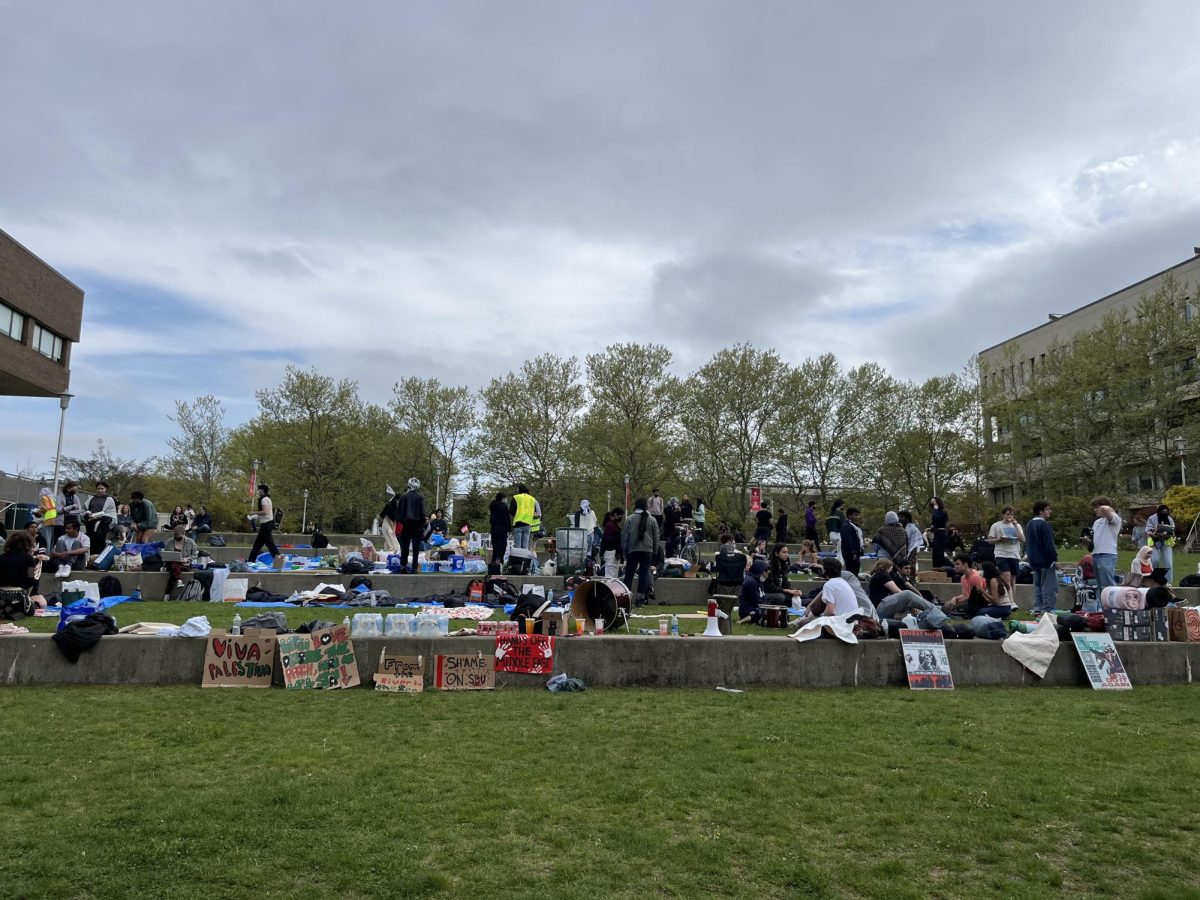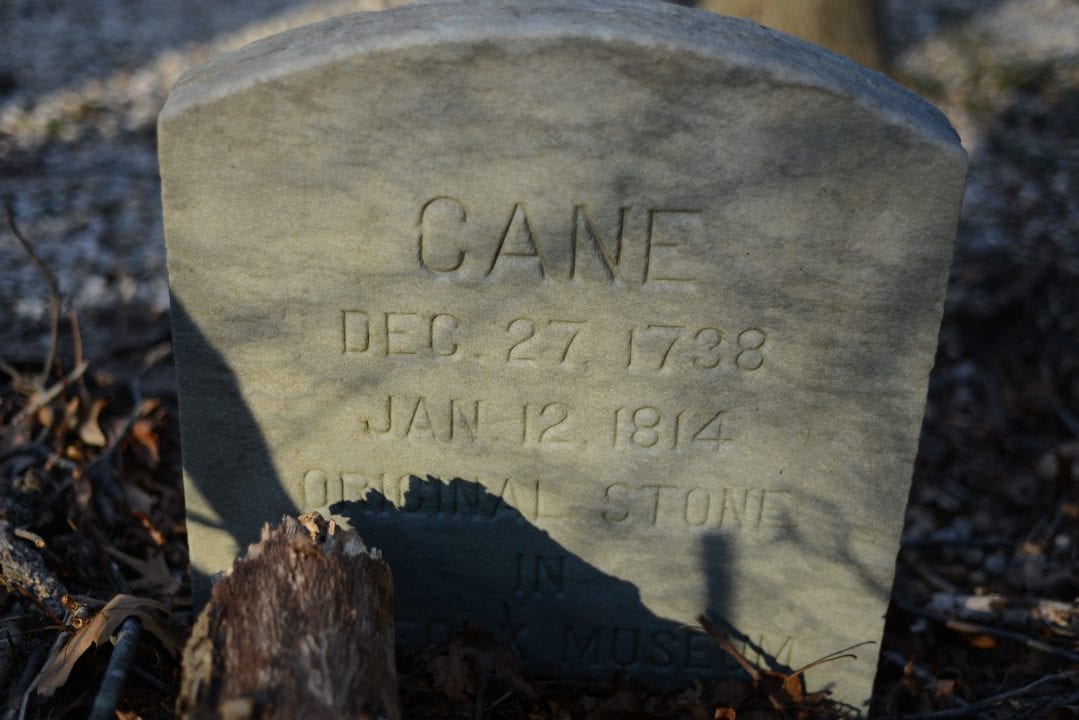
It wasn’t the frenzied pandemic of 2009’s swine influenza, but a severe 2012-2013 flu season had New York State Governor Andrew Cuomo declare a public health emergency in New York.
His executive order came five days after Mayor Thomas Menino declared the same for Boston, Mass., after an early wave of influenza left tens of thousands of Americans sick from ILI, or influenza-like illnesses.
“We’re in the middle of flu season. About halfway through,” said Tom Frieden, director of the Centers for Disease Control and Prevention. “It’s shaping up to be a worse than average season and a bad season particularly for the elderly.”
According to the CDC, 40,962 Americans were reported sick from seasonal influenza as of the third week of January. Compared to the 1,486 cases from January of last year’s flu season, this year had thirty times the amount of flu-stricken patients across the country. 49 states had “widespread or regional” flu activity.
Americans ages 65 and above were struck hardest by this year’s flu strains. They made for 52 percent of patients hospitalized for flu-like symptoms in New York State alone, according to the New York State Department of Health. Adults ages 18 to 49 made for the second highest percentage at 15.6 percent.
“As of January 5, 2013, the New York State Department of Health (DOH) received reports of 2,884 patients hospitalized with laboratory-confirmed influenza, compared to 1,169 total hospitalizations in 2011,” said Cuomo. “We are experiencing the worst flu season since at least 2009.”
There were 19,128 total confirmed cases as of the second week of January, said Cuomo, four times the amount seen during the 2011-2012 season. Last winter, New York hospitals had 4,404 cases alone.
According to the Three Village Patch, the Stony Brook Hospital treated triple the amount of patient this season than the last – 51 to 17. And with about six to seven thousand new cases cropping up per week on a national scale, Stony Brook University is urging sick students and faculty to get vaccinated and isolate themselves until their fever breaks.
It was something Meghan Lewis fully endorses.
“If anyone gets me sick after this, I’ll destroy them,” said Lewis, a freshman mechanical engineering major at SBU.
She had spent the entirety of her vacation like some of her peers have – sick at home, wrestling withboth strep throat and a week-long battle with the flu. She had not been vaccinated beforehand.
“I’m not one for shots and medicine because I like to let my body naturally become immune and repair itself,” said Lewis. But she eventually succumbed to a hospital and antibiotics after the first week of illness, she said.
According to CDC’s Morbidity and Mortality Weekly Report, Lewis would have had a 62 percent chance of immunity against this season’s flu activity – if she had taken the vaccination for it.
“The early onset of the 2012-13 influenza season offered an opportunity to provide an early VE [vaccine effectiveness] estimate,” said the report. “Overall, the estimate suggest that the 2012-13 influenza vaccine has moderate effectiveness against circulating influenza viruses.”
“Although the flu vaccine is far from perfect, it’s by far the best tool we have to prevent influenza,” said Frieden in a press briefing last Friday. “You can still protect yourself through vaccination.”
Despite 135 million doses of vaccine distributed nationwide, the university still expects high flu activity amongst students and staff once the spring semester starts in late January.
“Academic departments are in the planning phase of looking at a higher than average absentee rate,” said the university’s website. “Instructors should tend towards leniency in adjudicating student absences during this fall flu season.”














